Isamu Noguchi, Pioneer of Social Sculpture
His first retrospective in Europe for 20 years, an exhibition at the Barbican in 2022 traced the Japanese-American sculptor’s entire career.
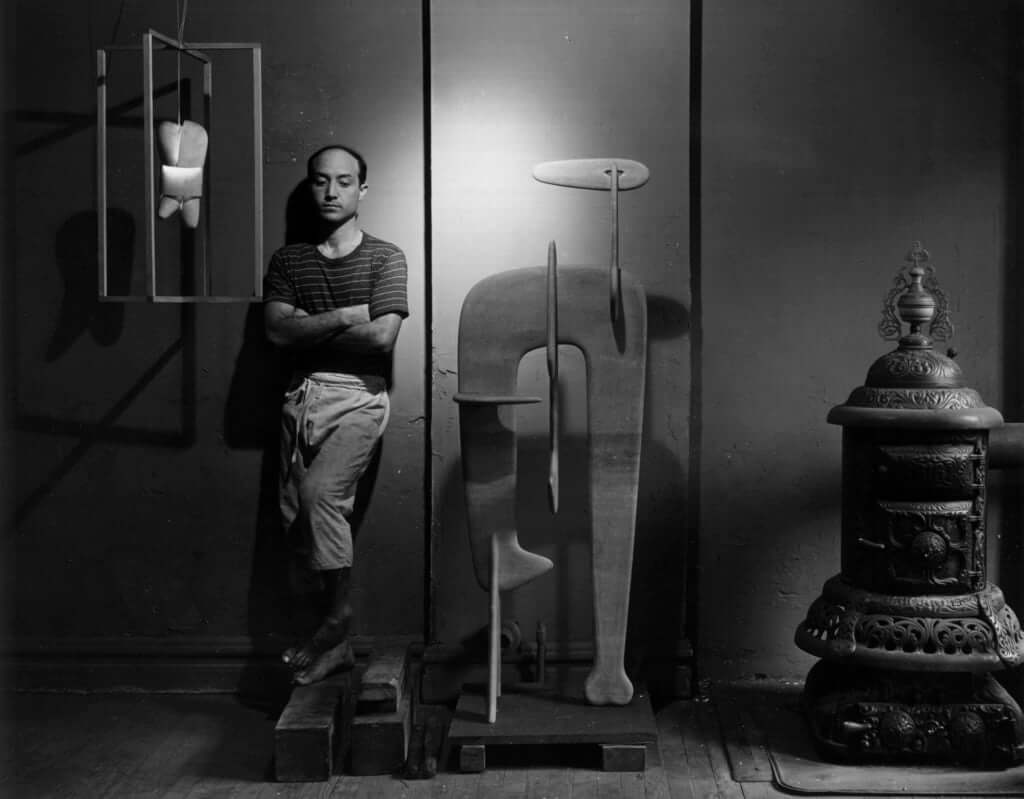
‘Portrait of Isamu Noguchi’, 4 July 1947 Photograph by Arnold Newman © Arnold Newman Collection / Getty Images / INFGM / ARS - DACS
Framed by the impressive architecture of London’s Barbican, the light sculptures of Isamu Noguchi, elegantly spaced, reach out towards visitors and envelop them in a glowing warmth. While the Noguchi table remains an icon of modernism, fragments of his spherical Akari paper lanterns are recognisable as household objects today.
In exploring all aspects of his prolific life, a rare retrospective at the Barbican illuminated the creator of these light sculptures as a polymath and global citizen, who breathed life into his visual arts through prolific international influences and interdisciplinary methods.
Sculpture as Living Environment
With a vision resistant to categorisation, Isamu Noguchi’s creations are backdropped by an inherently globalist identity. He was born in Los Angeles in 1904 as the son of the Japanese poet Yone Noguchi and American writer Leonie Gilmour. After being granted funding from the Guggenheim, he studied pottery under the master Jinmatsu Uno, sculpture under Constantin Brâncuși in Paris, and even Chinese brush painting under Qi Baishi in Beijing. While facing adversity in World War II, his delving into a vast range of fields, from political art projects to avant-garde theatre sets, nonetheless demonstrated his outstanding creativity. His work continued to evolve in the post-war period, negotiating the perceived boundaries of East and West, or tradition and modernity.
As laid out in the Barbican’s extensive survey, Isamu Noguchi had an open-ended conception of sculpture as an extension of social space and the natural environment.
Fragments of his works’ influences, particularly the Akari lantern, can often still be seen in the interior of contemproary homes, but a close examination of his trajectory reveals a radical approach to materiality behind a mundane object. Fusing Eastern and Western aesthetics, he eventually pioneered the ‘social sculpture’, a conception of matter as inexorably linked to a network of spatial relationships. As his abstractions of material—wood, metal, ceramic, and even outside spaces—allowed each to bleed into another, his functional use of aesthetic properties, whether the elegance of paper or the radiance of a bulb, projects a technological utopia from his sculptural work.
Truly ahead of his time, his creative approach was all-encompassing. ‘Everything is sculpture’, said the artist. ‘Any material, any idea without hindrance born into space, I consider sculpture.’
Noguchi (2021-2022), an exhibition held from the 30th of September 2021 until the 23rd of January 2022 at the Barbican in London.

Isamu Noguchi assembling ‘Figure’ in his MacDougal Alley studio, 1944 Photograph by Rudolph Burckhardt The Noguchi Museum Archives, 03765 ©INFGM / ARS - DACS / Estate of Rudolph Burckhardt
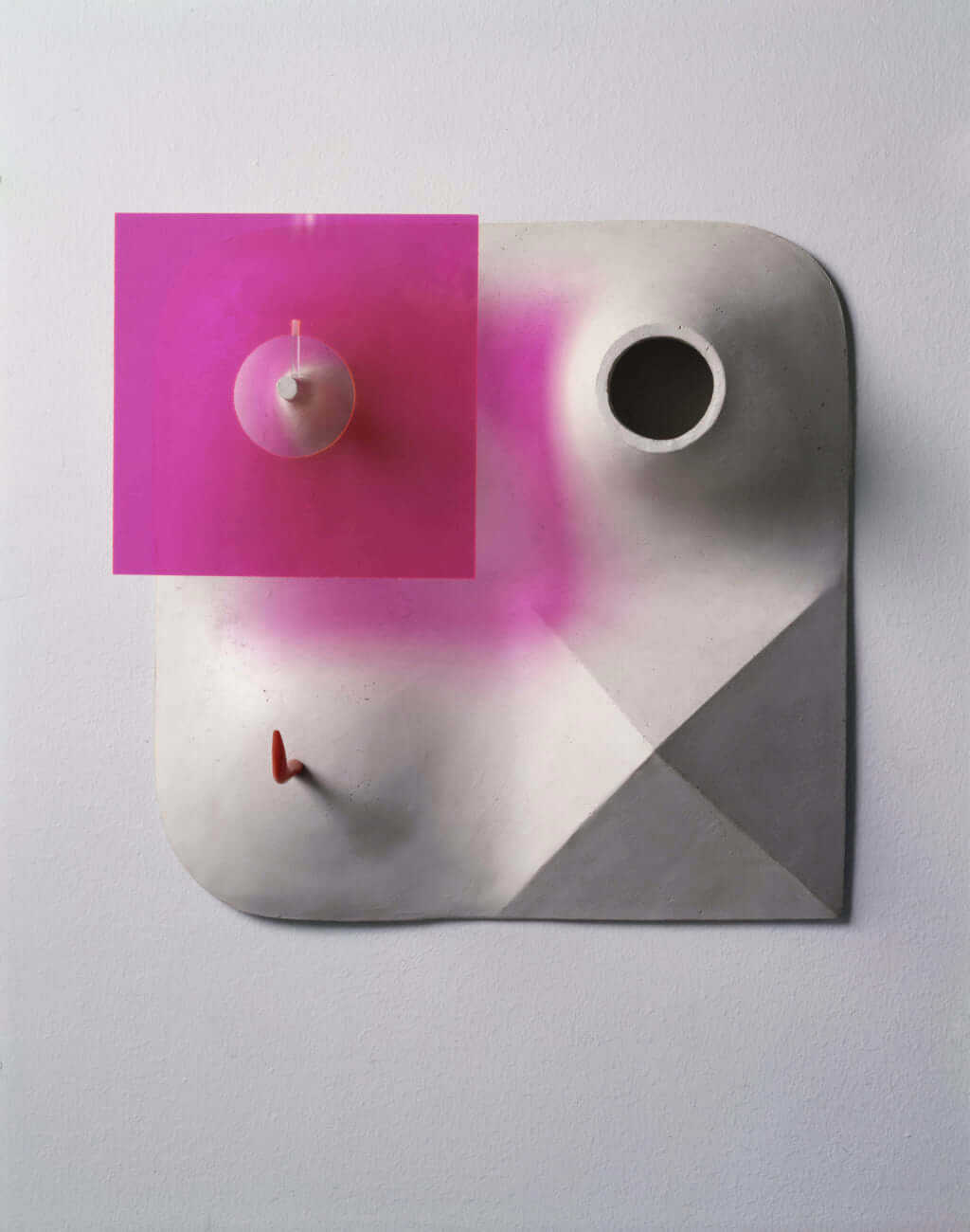
Isamu Noguchi, ‘My Arizona (second state with original elements)’, 1943 Fiberglass, Plexiglas, 46.4 x 46.4 x 11.7 cm Photograph by Kevin Noble The Noguchi Museum Archives, 00071 ©INFGM / ARS - DACS
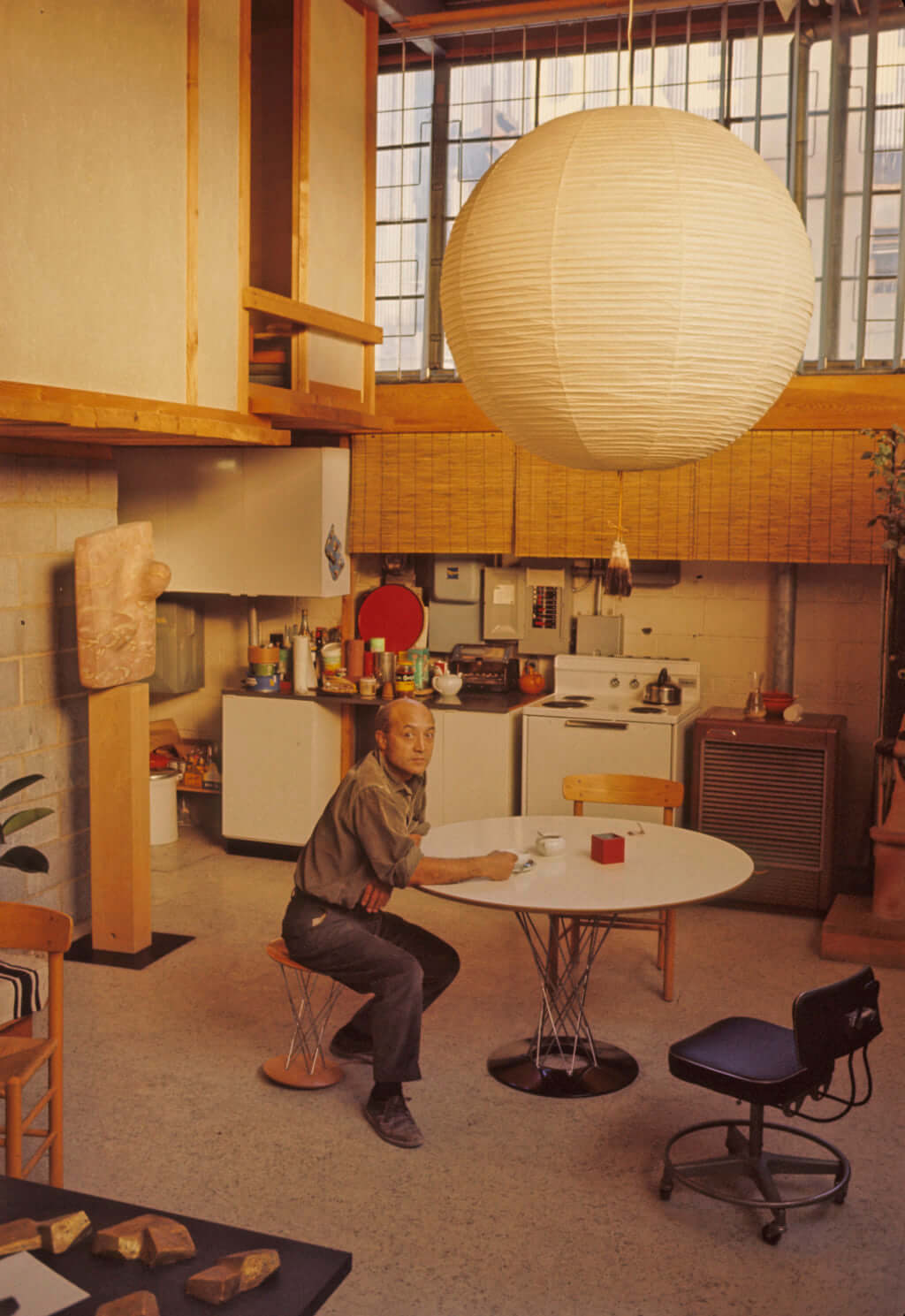
Isamu Noguchi in his 10th Street, Long Island City, Queens Studio, 1964 Photograph by Dan Budnik The Noguchi Museum Archives, 07281 ©2021 The Estate of Dan Budnik. All Rights Reserved / INFGM / ARS - DACS
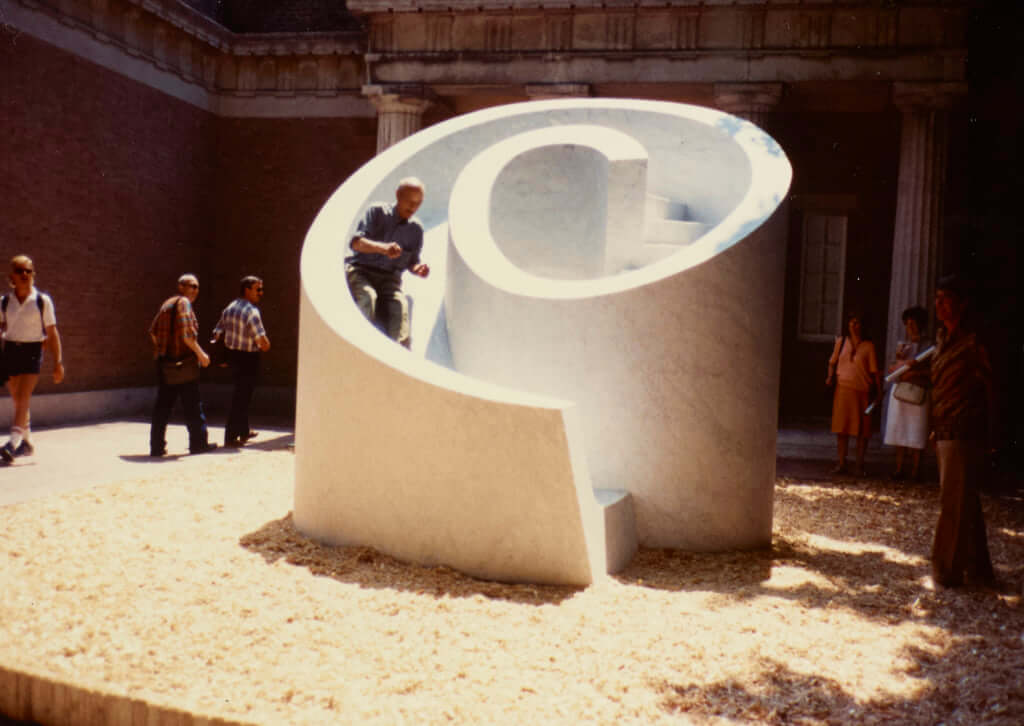
Isamu Noguchi tests ‘Slide Mantra’ at ‘Isamu Noguchi: What is Sculpture?’, 1986 Venice Biennale Photograph by Michio Noguchi The Noguchi Museum Archives, 144398 ©INFGM / ARS - DACS
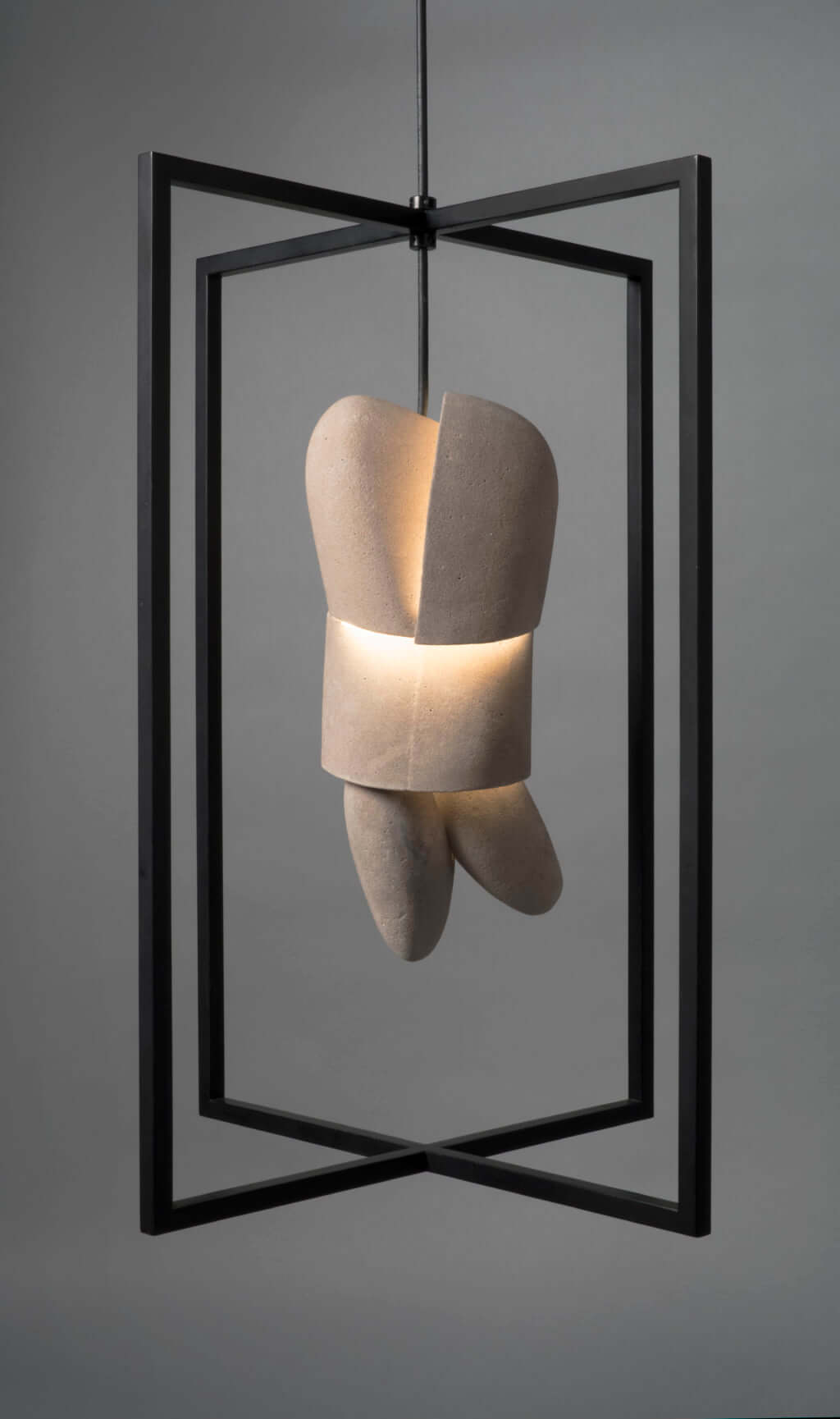
Isamu Noguchi, ‘Lunar Infant’, 1944. Magnesite, wood, electric components, 55.9 x 40.6 x 40.6 cm Photograph by Kevin Noble The Noguchi Museum Archives, 150797 ©INFGM / ARS – DACS
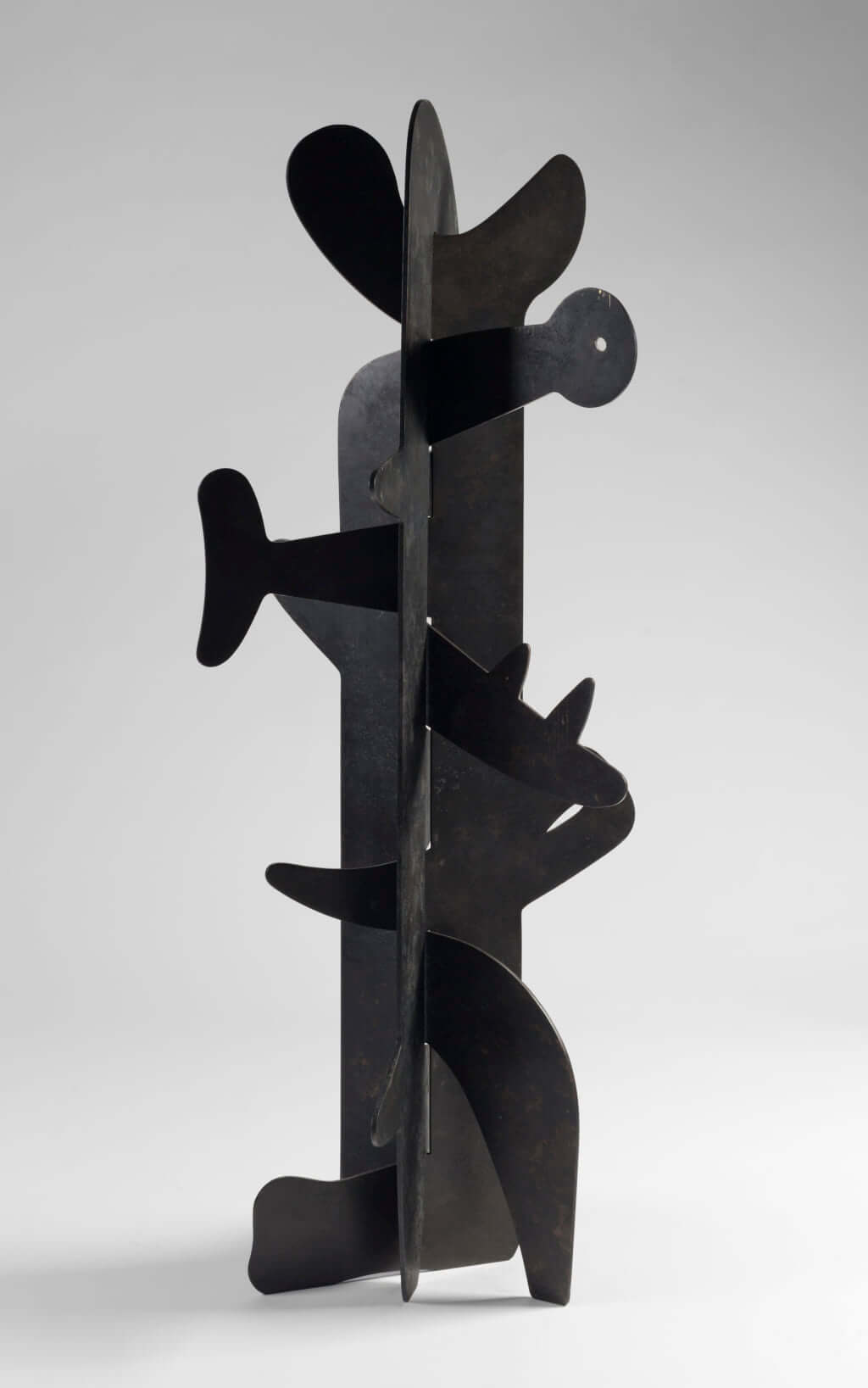
Isamu Noguchi, ‘Trinity (Triple)’, 1945 (fabricated 1988) Bronze plate, 141.6 x 56.5 x 49.5 cm Photograph by Kevin Noble The Noguchi Museum Archives, 9891 ©INFGM / ARS – DACS
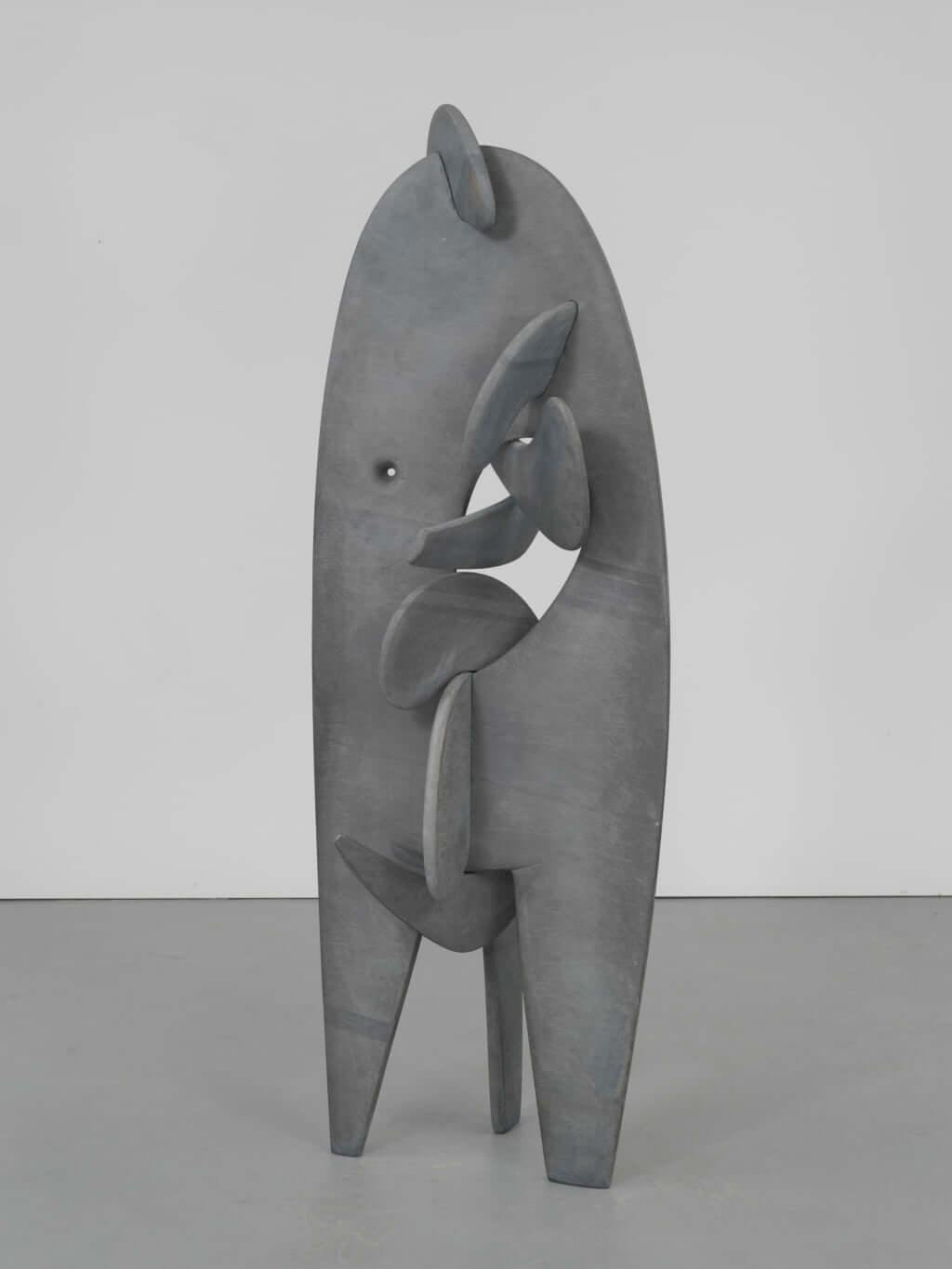
Isamu Noguchi, ‘Humpty Dumpty’, 1946 Ribbon slate, 149.9 × 52.7× 44.5 cm Purchase Inv. N.: 47.7a-e Whitney Museum of American Art / Licensed by Scala ©INFGM / ARS - DACS
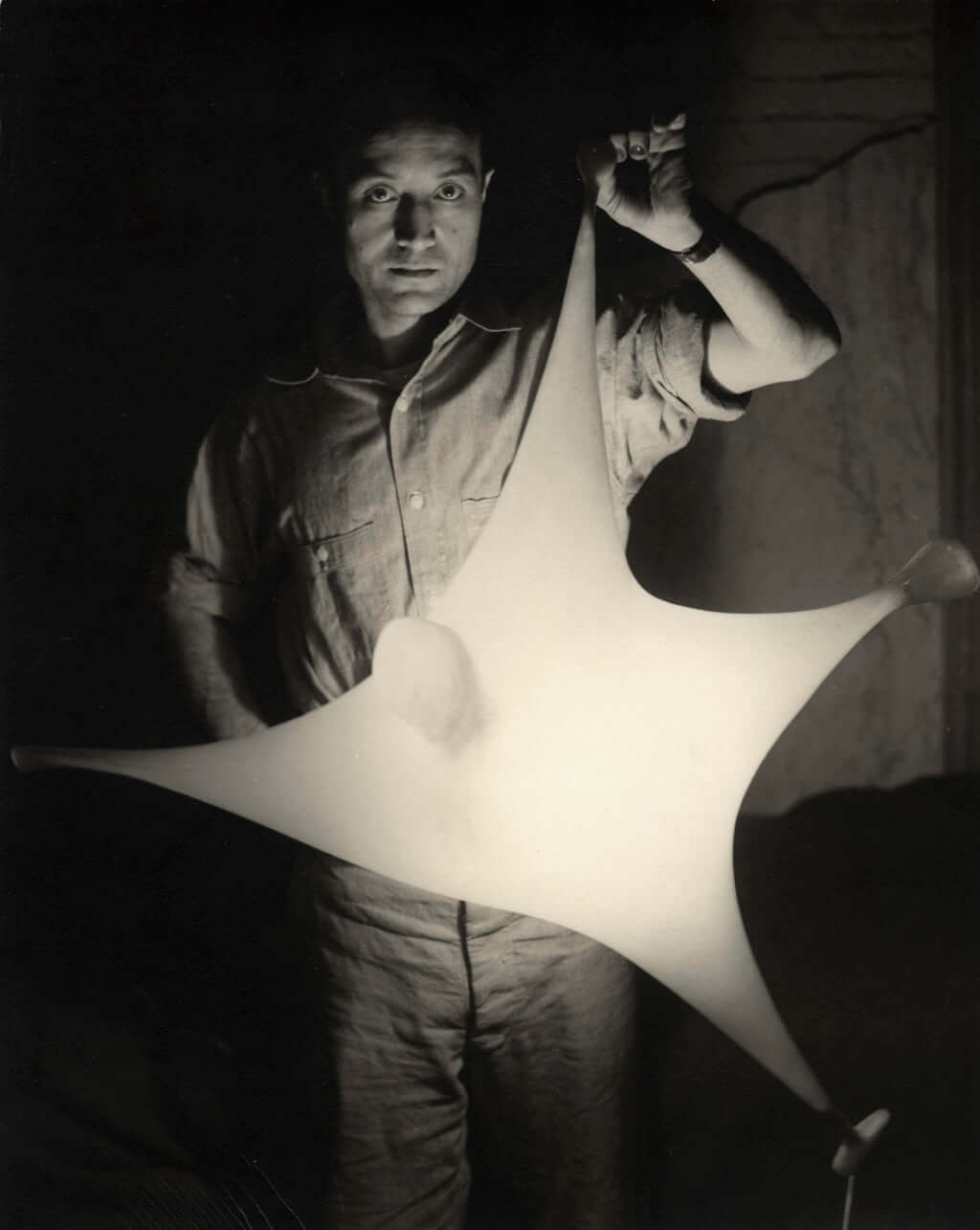
Isamu Noguchi with study for ‘Luminous Plastic Sculpture’, 1943 Photograph by Eliot Elisofon The Noguchi Museum Archives, 03766 ©INFGM / ARS – DACS / Eliot Elisofon
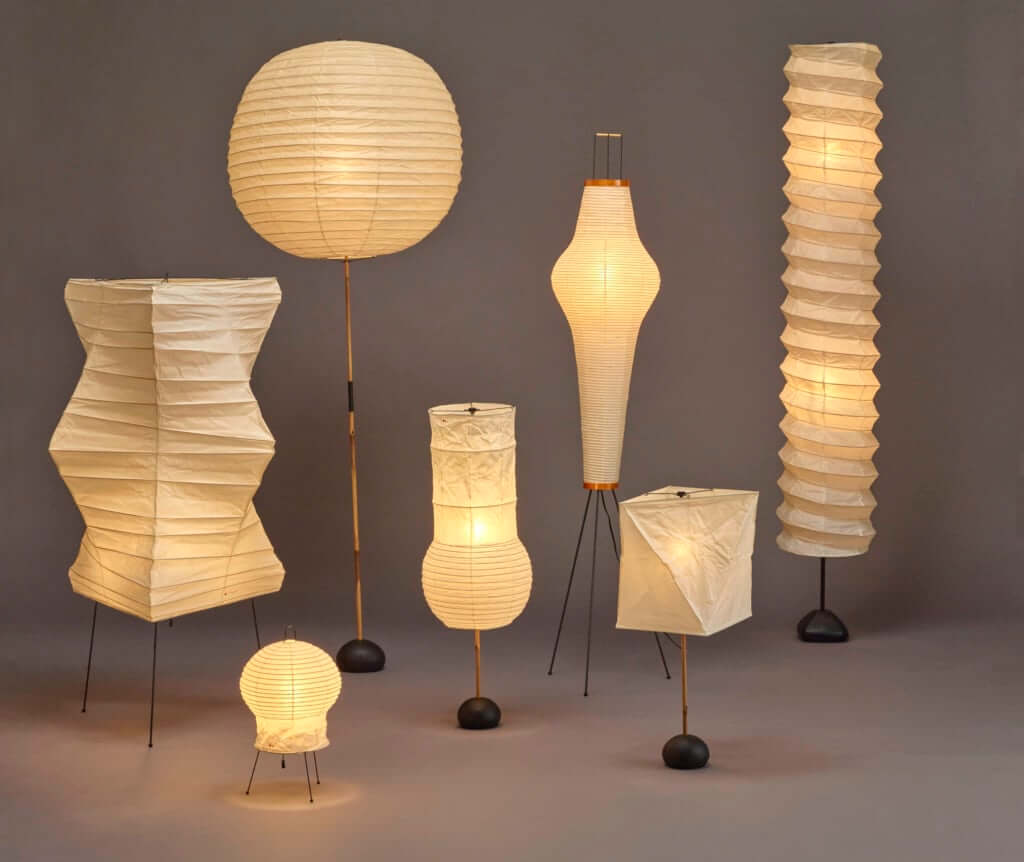
‘AKARI›’ (1953) Models; 27N, 2N, BB3-70FF, BB2-S1 14A, BB1-YA1, 31N Paper, bamboo, metal ©INFGM / ARS – DACS / The Kagawa Museum
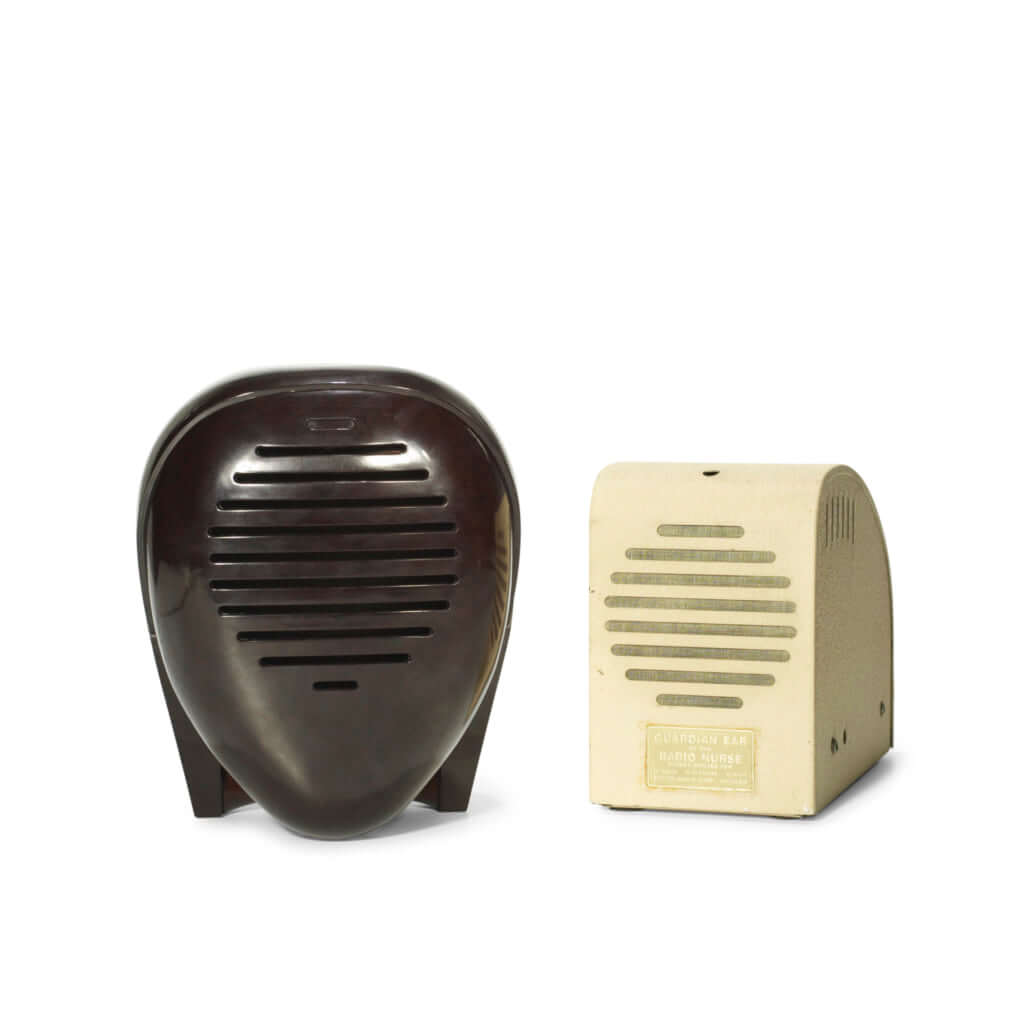
Isamu Noguchi, Manufactured by Zenith Radio Corp. ‘Radio Nurse and Guardian Ear’, 1937 Bakelite. Radio Nurse: 21 x 17.1 x 15.9 cm Guardian Ear: 15.9 x 10.8 x 21 cm Photograph by Kevin Noble ©INFGM / ARS – DACS
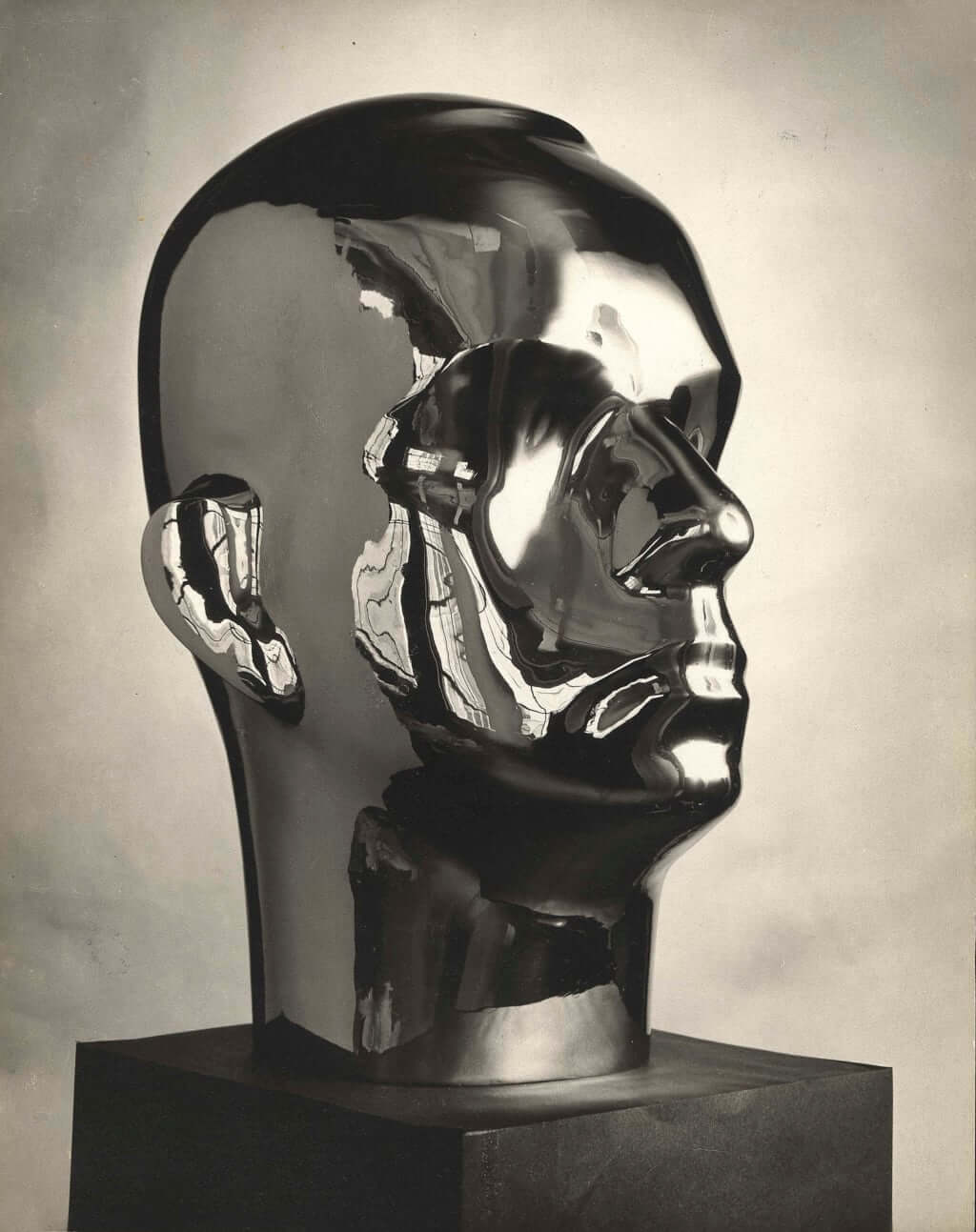
‘Ruth Page in The Expanding Universe: Costume Sack’, 1932. Wool jersey Photograph by F.S. Lincoln The Noguchi Museum Archives, 01455 ©INFGM / ARS - DACS / Penn State University Libraries
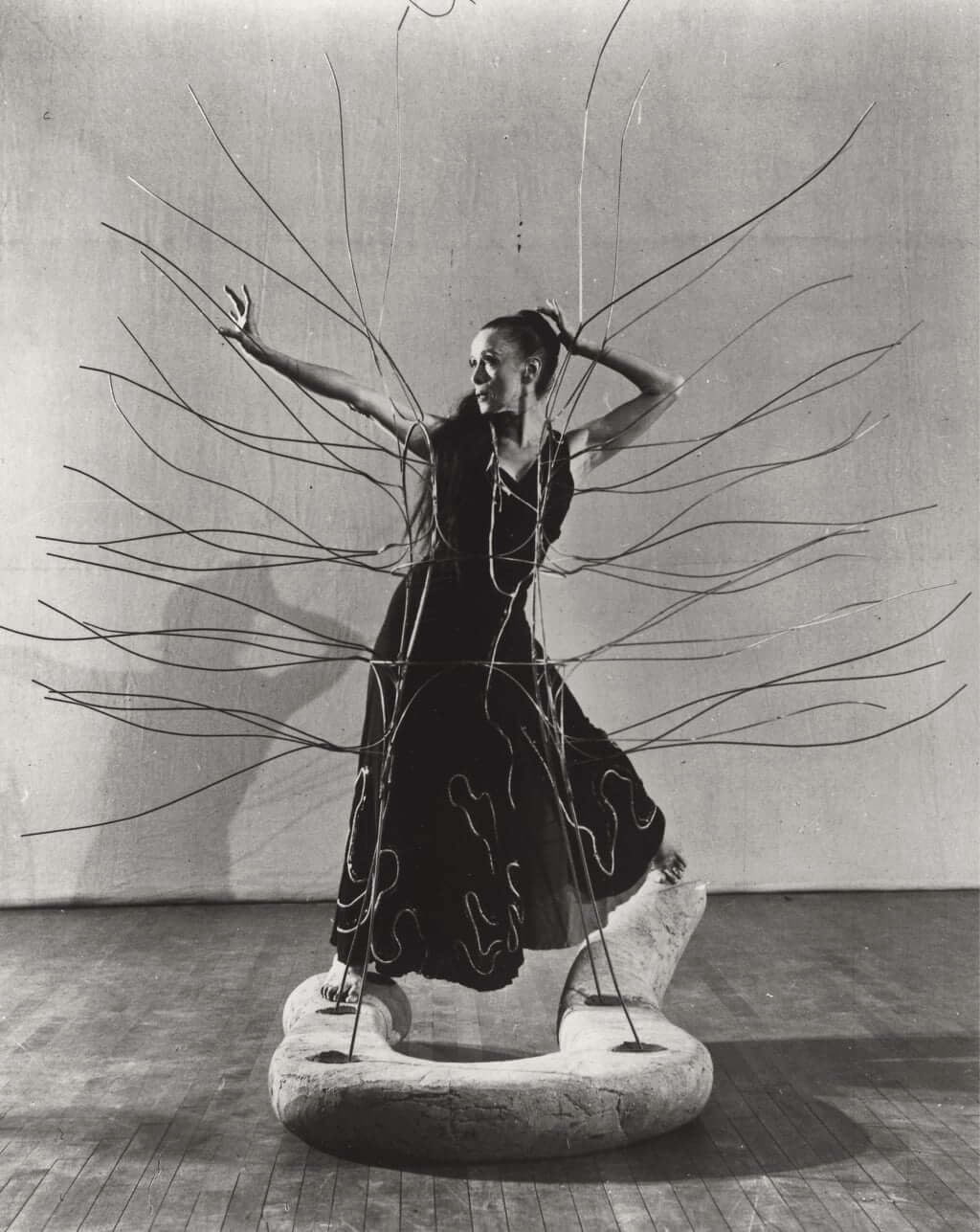
Martha Graham with ‘Spider Dress and Serpent’ for Martha Graham's ‘Cave of the Heart’, 1946 Photograph by Cris Alexander The Noguchi Museum Archives, 01619 ©INFGM / ARS - DACS
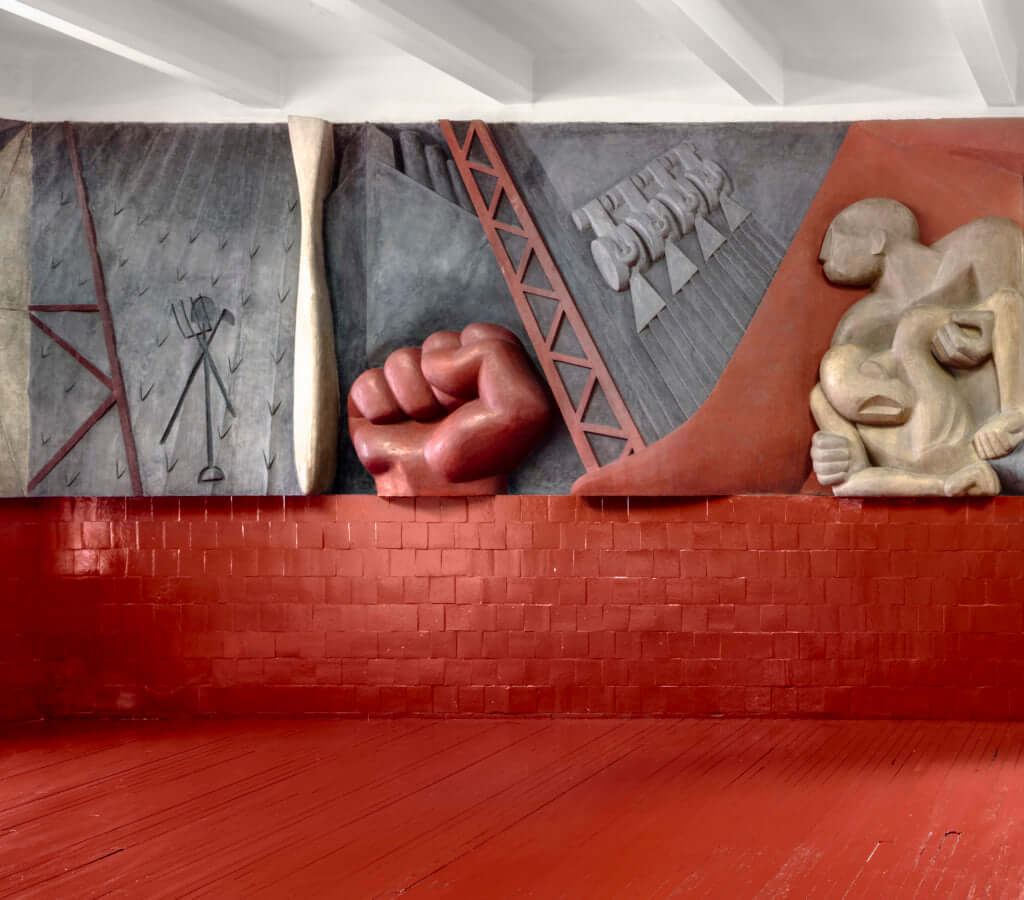
Isamu Noguchi, ‘History Mexico’, 1936 Cement, pigment, 236.9 x 2206 x 25.01 cm Photograph Rafael Gamo The Noguchi Museum Archives, 152293 ©INFGM / ARS – DACS
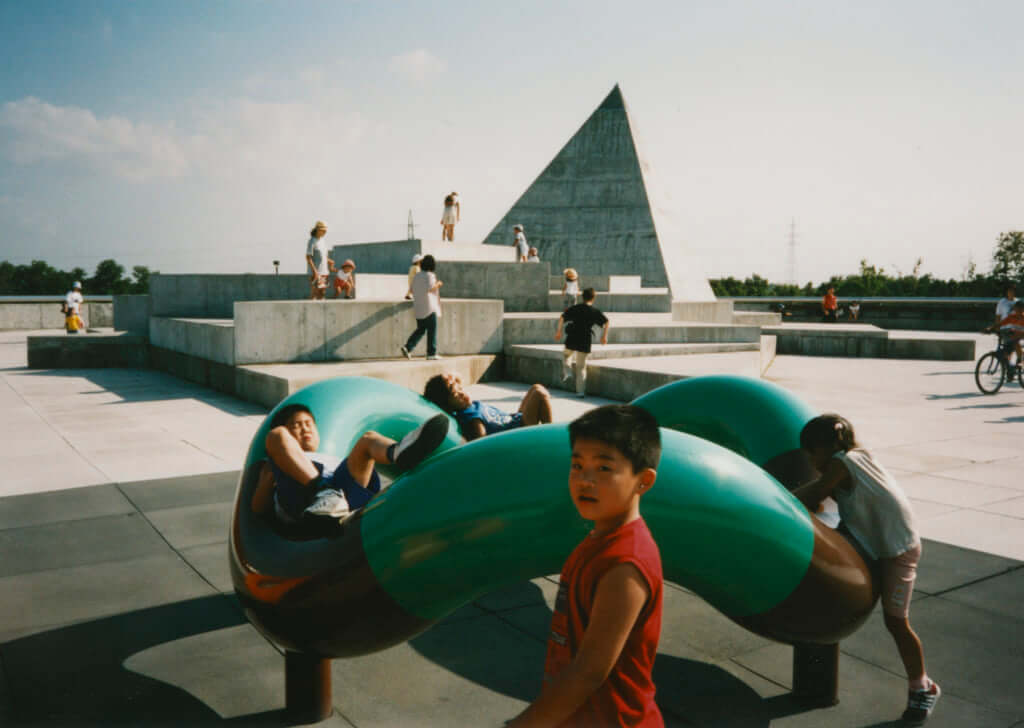
Isamu Noguchi (design) with Shoji Sadao (architect), ‘Play Equipment at Moerenuma Koen’, 1988-2004. Sapporo, Japan. ©INFGM / ARS - DACS
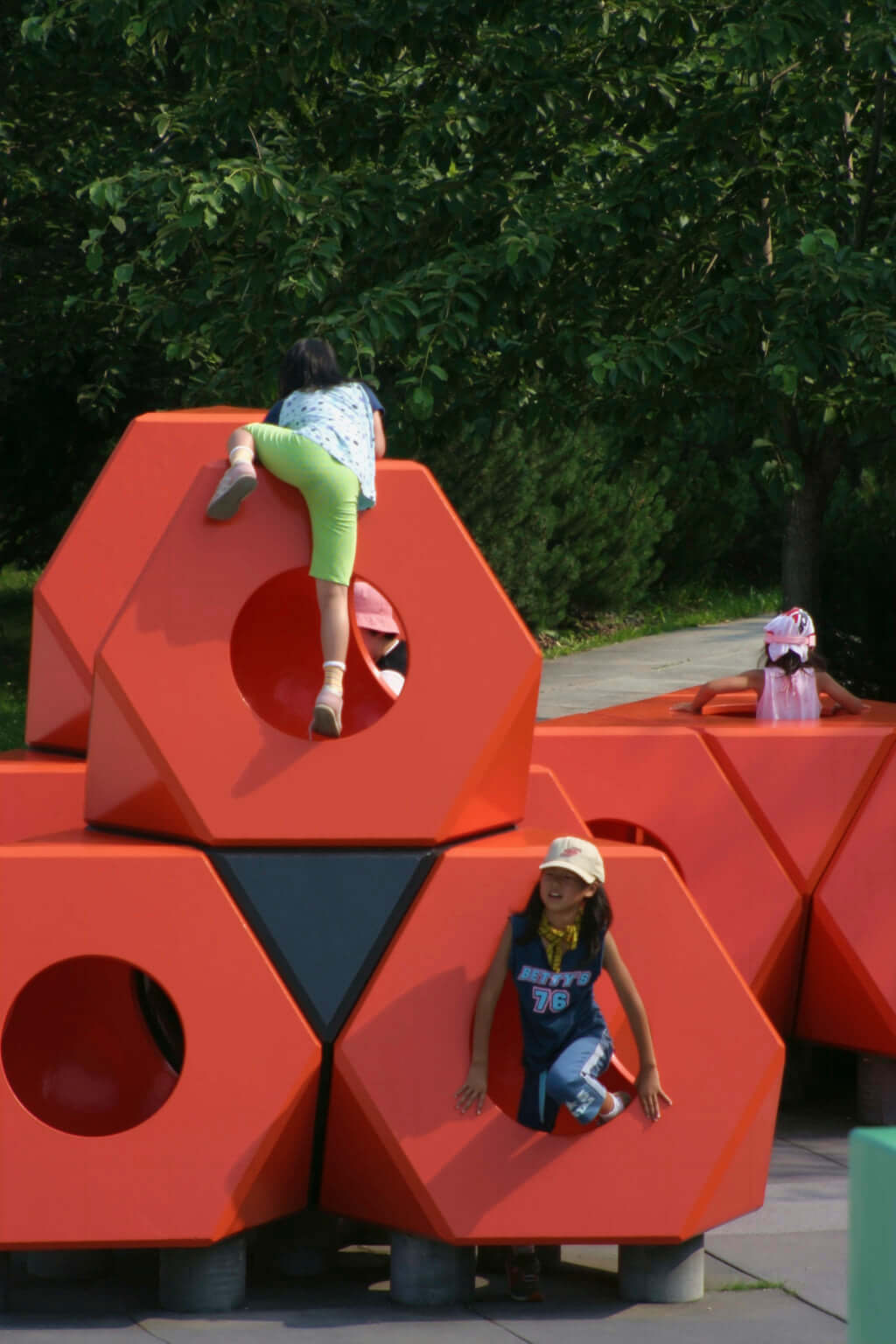
Isamu Noguchi (design) ‘Octetra Play Equipment’, Moerenuma Park, Japan Photograph by Toshishige Mizoguchi © Toshishige Mizoguchi / INFGM / ARS - DACS
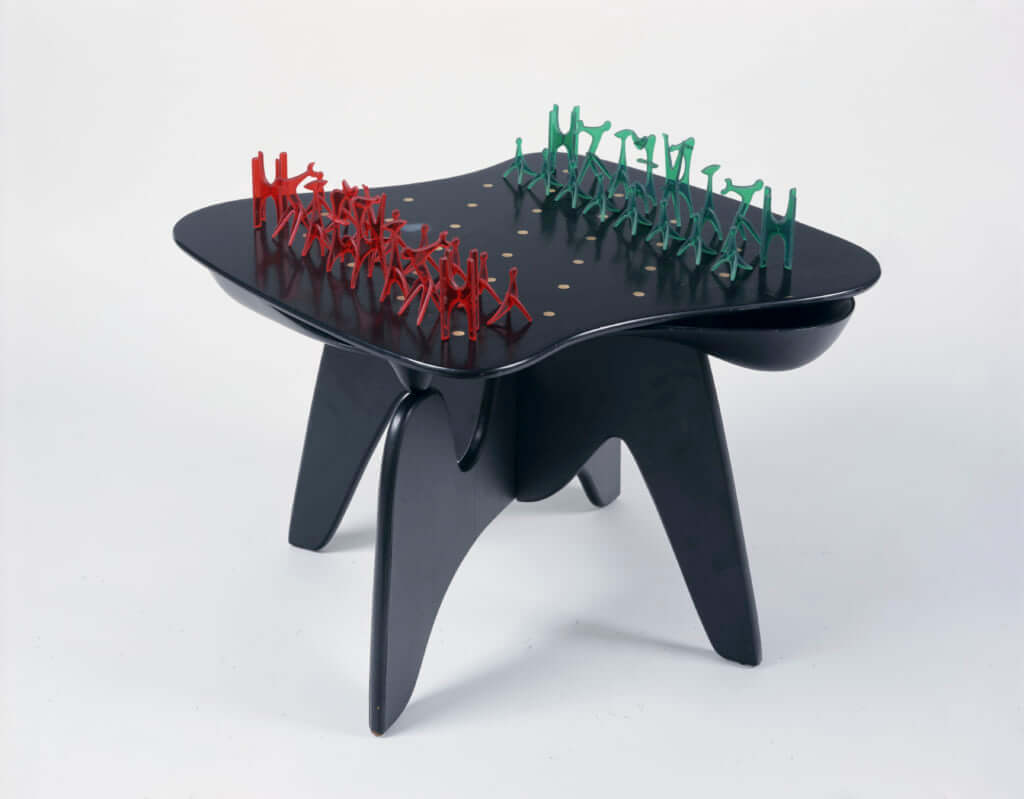
Isamu Noguchi, ‘Chess Table (IN-61)’, 1944 Ebonized plywood, cast aluminum, plastic insets. 48.3 x 69.8 x 64.8 cm Photograph by Kevin Noble The Noguchi Museum Archives, 00856 ©INFGM / ARS – DACS
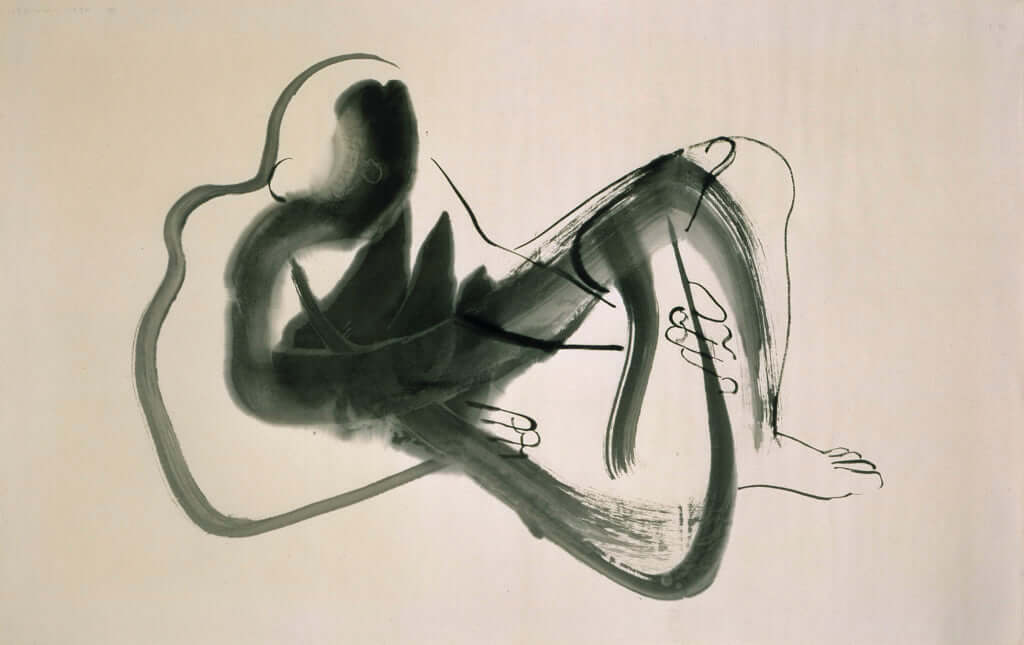
Isamu Noguchi, ‘Peking Brush Drawing’, 1930 Ink on paper, 89.2 x 146.1 cm Photograph by Kevin Noble The Noguchi Museum Archives, 01213 ©INFGM / ARS - DACS
TRENDING
-
Ishiuchi Miyako, A Singular Perspective on Women
Recipient of the 2024 Women in Motion Award, the photographer creates intimate portraits of women through the objects they left behind.

-
Recipe for Ichiraku Ramen from ‘Naruto’ by Danielle Baghernejad
Taken from the popular manga with the character of the same name who loves ramen, this dish is named after the hero's favourite restaurant.

-
Namio Harukawa, Master of Japanese SM Art
'Garden of Domina' offers a dive into the world of an icon of ‘oshiri’, whose work has now reached a global audience.

-
The Tattoos that Marked the Criminals of the Edo Period
Traditional tattoos were strong signifiers; murderers had head tattoos, while theft might result in an arm tattoo.

-
The Emperor of Japanese Porn is Now the Star of a Netflix Series
Deliciously funny, The Naked Director especially succeeds in reviving the atmosphere that was so characteristic of 1980s Japan.





